Anything can happen! The interview itself could be short, or could stretch on for upwards of three hours. It could involve an office and call for professional formal attire, or it could take place casually on a café terrace. You could be invited to take a plane to another country for a day for just a 30 minute interview (I remember how I flew from Paris to Nuremberg for my first interview for Adidas, I was pretty impressed by the situation).
Fortunately, there are ways to relax in any of these situations, and to stack the odds on your side.
0- A few hours before the interview
How to dress
In the design field there’s a lot less of a dress code than in accounting, business, and other, more ‘traditional’ careers where nearly everyone’s expected to wear formal office attire all the time. It really is case-by-case, so it can get a bit confusing. Usually design agencies welcome you in jeans and sneakers; you can dress casual as long as you are neat. Some corporate companies might mention a suit for the interview. If not, you can always wear nice jeans or a skirt with a jacket. Smart casual is usually the most practical solution.
“Outfit aside, if you walk in smiling, the interviewer will smile back.”
Remember that whatever outfit you choose, the best one is…your SMILE. I know, I know, it’s cheesy but it really does work on people.
1- Last minute checks
Double check that you have all you need
- Your portfolio is ready, and the binder is in full working order.
- The page order is correct.
- Your phone is charged and set on silent.
- You know which pocket your business cards are in.
- Plus anything additional specific to the interview.
- Make sure that your interviewer’s number is in your contacts list, just in case you run late. It’s always best to call the moment you think you might be late instead of waiting until the interview’s start time.
- Bring a small notebook and a pen, just in case. By default it’s preferable to keep this in your bag, since it can come off as a little rude to use a notebook when someone’s talking to you. Use it only to scribble down a phone number or an address, for example. This is usually faster than typing the information into your phone.
- Mentally recite all the key points of your personal background and your portfolio while you flip through the pages of your presentation. Then you’re done.
2- On your way to the interview, just try to relax
Instead of getting worried, get pumped up for the challenge. Keep in mind that you have been invited to this; you are a guest, and the interviewer is the host. It’s their role to take care of you – and they will, because they’re hoping to welcome you to their workspace, and if you’re a good match they will be happy to hire you.
3- At the office
You may need to wait a bit. If anyone asks if you would like to sit, or drink something, just accept. It’s a small step at creating a positive environment.
Listen carefully the interviewer
Usually your interviewer will introduce both themselves and the company first. Try to remember the name, or names, of your interviewer(s).* Then they’ll likely move on to describe the position you’re applying for.
Listen carefully, because you’ll want to tailor your portfolio presentation accordingly.
You’ll need to think quickly, and identify which of your projects will be the most interesting to your interviewer. Your talent here lies in swiftly drawing connections between your prepared presentation and any specific skills, qualities, or interests your interviewer might mention. Listen well, and you’ll be able to promote yourself to the greatest possible capacity. The general idea is to focus mostly on what the company needs. This may seem complicated, but as a designer good communication skills are appreciated. Think of this as practice for your career!
- If at the end of the interview you still remember the names, write them down.
4- How to introduce yourself
Think of your personality as your “brand”.
Your words and your work count more than you appearance, so go ahead and be yourself.
Feel free to hand out your business card at this point in the interview. Logically it doesn’t make much sense, since you both already have each other’s contact info, but it’s a nice symbolic gesture of a first exchange.
Assuming you chose to apply for a job at this company, there may be a reason you felt that the company and you would match up well. Try to explain why you’re uniquely suited for the company by bringing up things you and the company’s vision have in common. This is very helpful, and a bit like dating.
“When you meet someone for the first time and discover you have even something small in common, you both automatically feel closer.”
5- Presenting your portfolio
“Tease” the interviewer
Introduce your portfolio verbally and very briefly introduce its different projects. This is the teaser.
Once you manage to hook the interviewer’s interest it’ll be easier to keep their attention fully on you until the end.
Remember: you are a designer, not a “vacuum commercial”. Do not start each project presentation with a product explanation.Tell a story. Explain how you envision the product will benefit people. The details can come later.
6- Be short and sweet
If possible, strategically use different projects to emphasize your various skill sets. For example, one project may focus on ergonomics, another on aesthetic, another on the strength of a concept, and so on. You won’t have time to fully describe every single part of each project, and the recruiter wouldn’t be able to remember everything, anyway. The point is not to recite every detail of a project; you’re selling your skills, not your projects.
The projects are there to make your skills memorable.
7- Simplify your presentation
That way you’ll be remembered as someone who’s clear and organized. If the interviewer needs to know more about something, they will ask.
8- Do not speak too fast
Give the interviewer time to assimilate your words and images. Remember that they’re seeing your projects for the first time. As you finish covering one project, don’t immediately jump into the next one. Give the interviewer a few seconds to digest, and take a moment to invite them to ask any questions.
When the interviewer does ask a question, don’t panic! This is the interviewer giving you the chance to gain a few more points.
Take your time and answer while keeping eye contact. This projects confidence.
To finish, invite the interviewer to look over any of the projects a second time if they’re interested, and thank them for their time and attention.
9- Ending the interview
The interviewer will ask if you have any questions. Always have at least one prepared.
Avoid asking about salary, work schedules, or lunch times. These questions are usually more welcome after the interviewer confirms that they’re interested in you. It’s better to ask about the sorts of challenges the role calls for, the company’s philosophy, or what your role would be in the company. Angle the questions to show that you want to ensure that this position is the best fit for you. It’s your turn to give a gentle “interview” to your recruiter.
“If you’re already getting a good vibe you can also ask if you will be working on the same team as your interviewer. Upon being asked this they will immediately picture you on their team; their reaction may tell you a lot about your chances.”
Be creative with your questions! It’s your last chance to talk and to leave a favorable impression.
10- After the interview
Send a text message or an email to thank the interviewer.
If after a few days you still haven’t gotten any response from the company, it’s okay! That doesn’t mean your interviewer isn’t interested. You can call them, and they can update you on the situation.
Conclusion
Just remember that you aren’t trying to prove that you’re the “best”! Instead, show that you’re a great fit for the company. Remember, don’t pretend to be “over serious”. If you’re enthusiastic, just show it.
To read in the same topic:
HOW TO TURN YOUR PORTFOLIO INTO A MARKETING WEAPON
9 TIPS TO ACHIEVE YOUR DESIGN DREAM INTERVIEW
14 INTERVIEW HACKS TO SUCCEED WITH CONFIDENCE
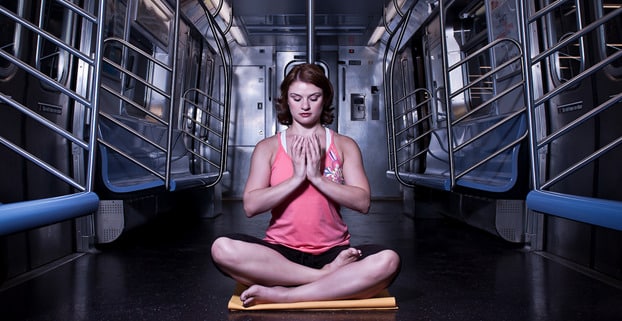


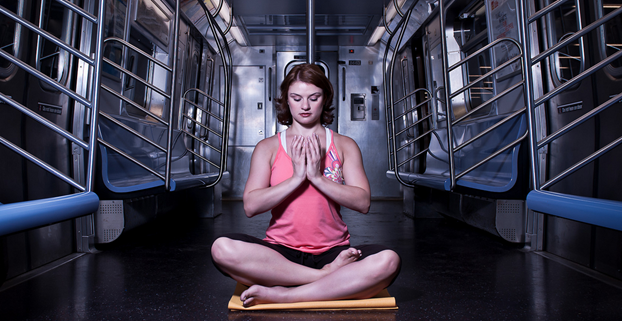



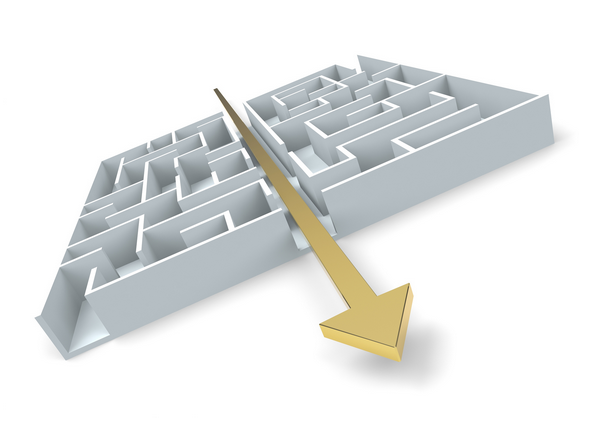


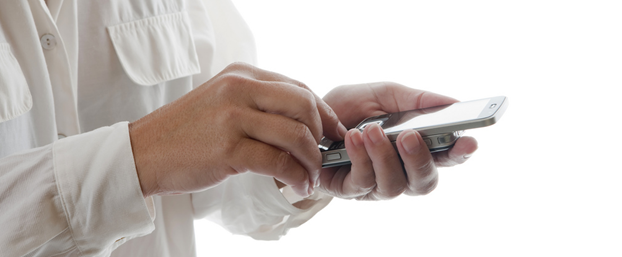
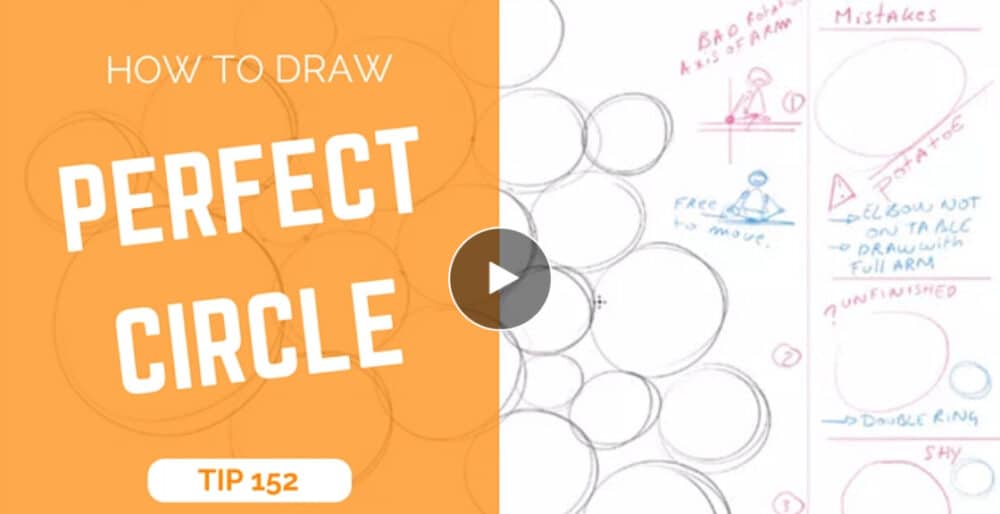
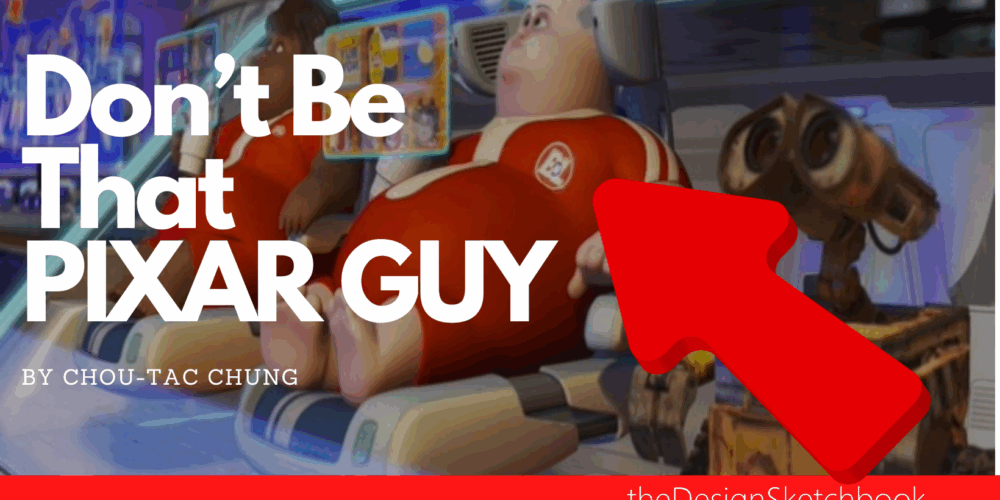
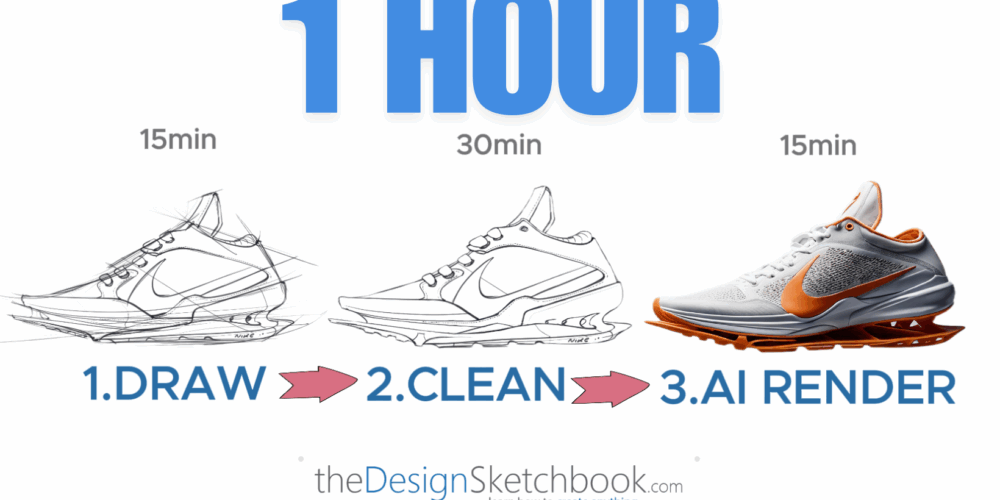
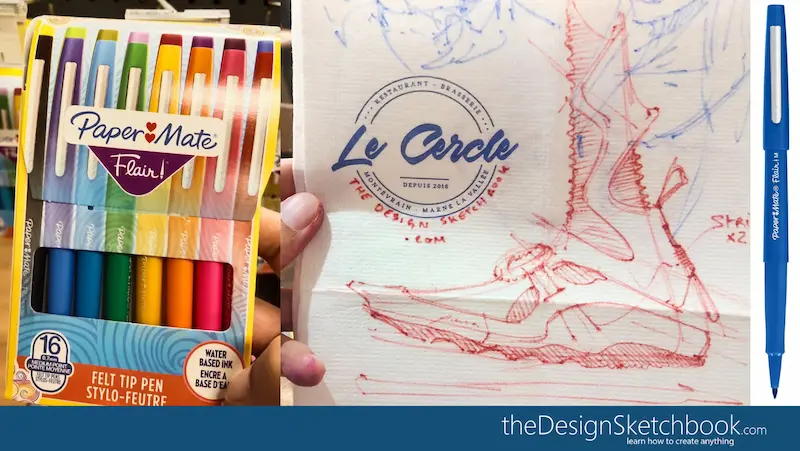
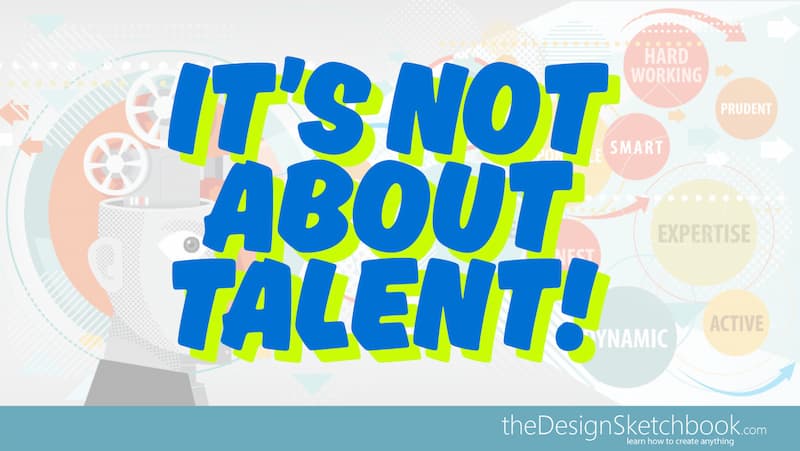
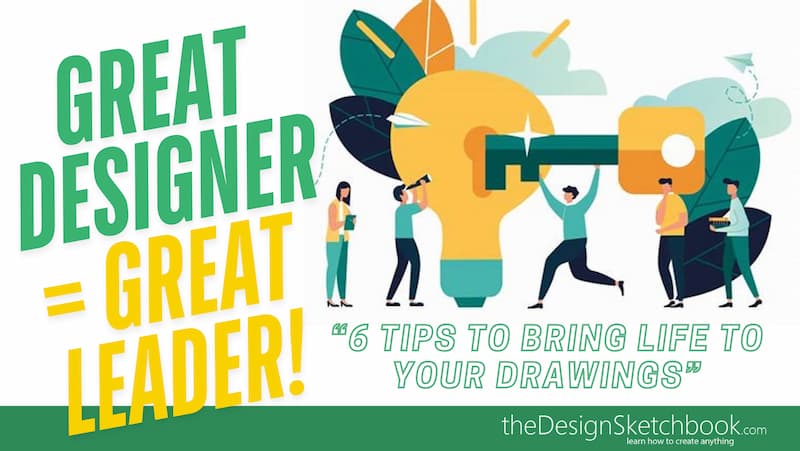
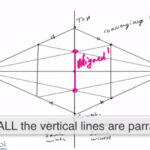
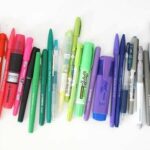
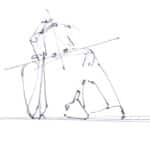

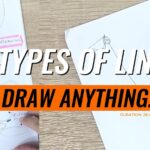
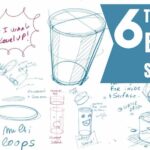

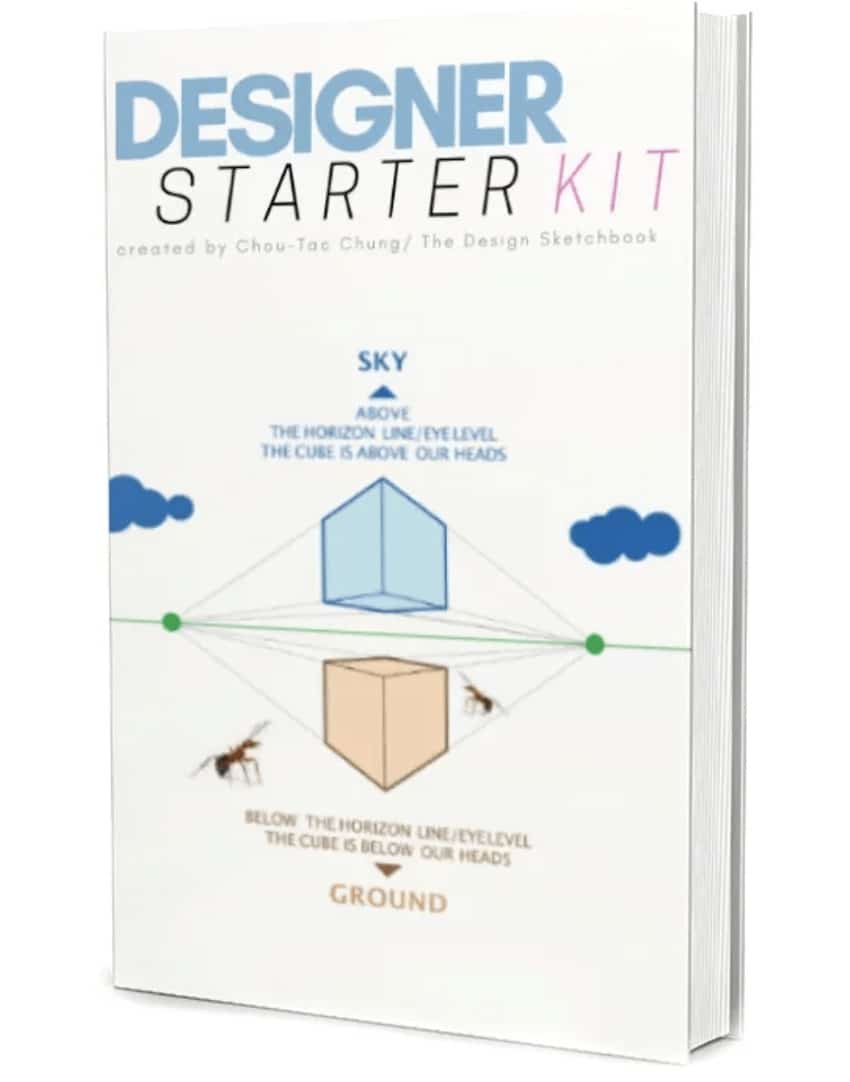
[…] Take your portfolio to promote you like a marketing campaign.Your goal is to get a design interview. […]